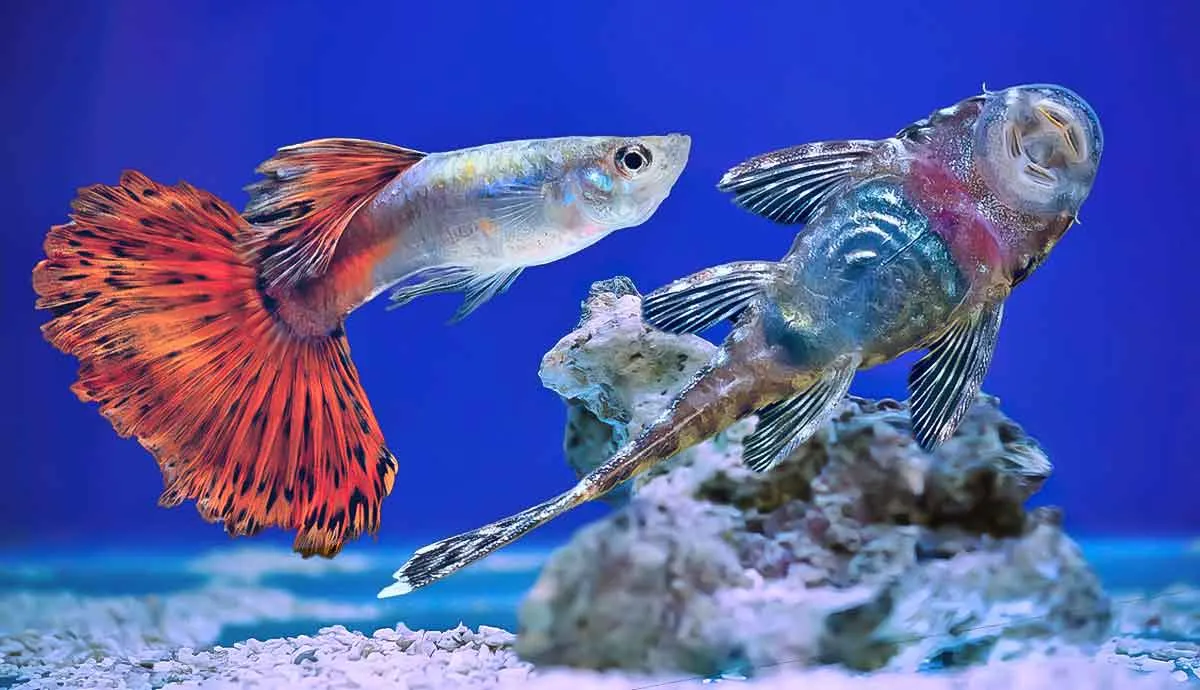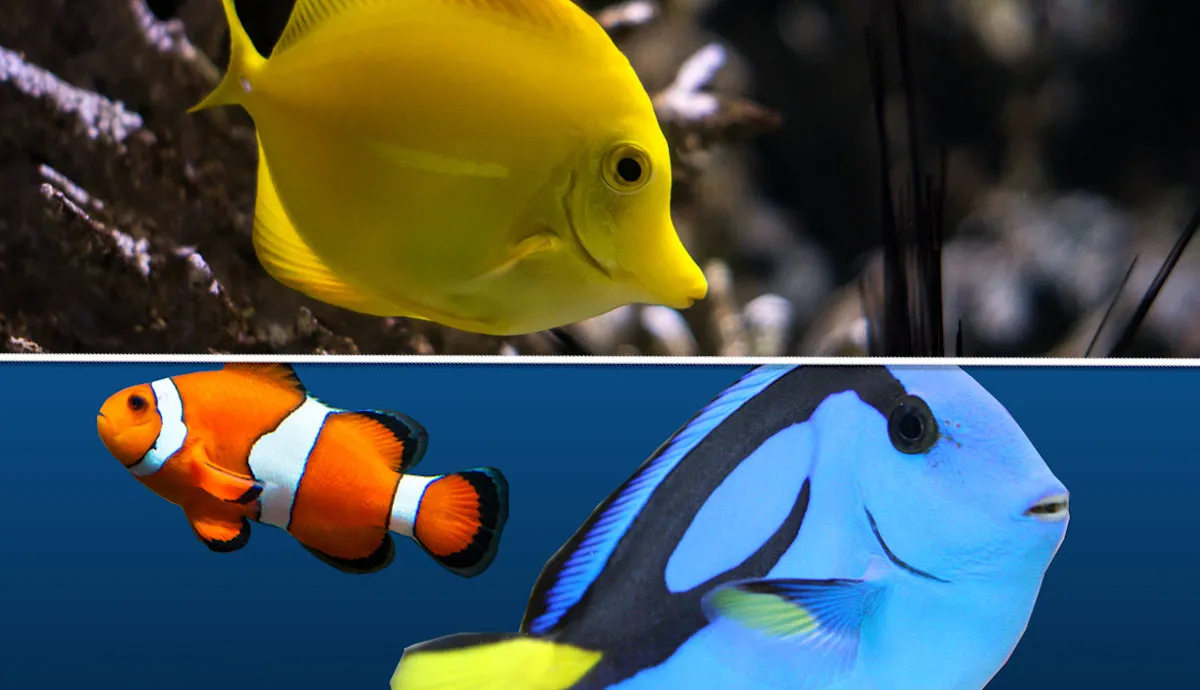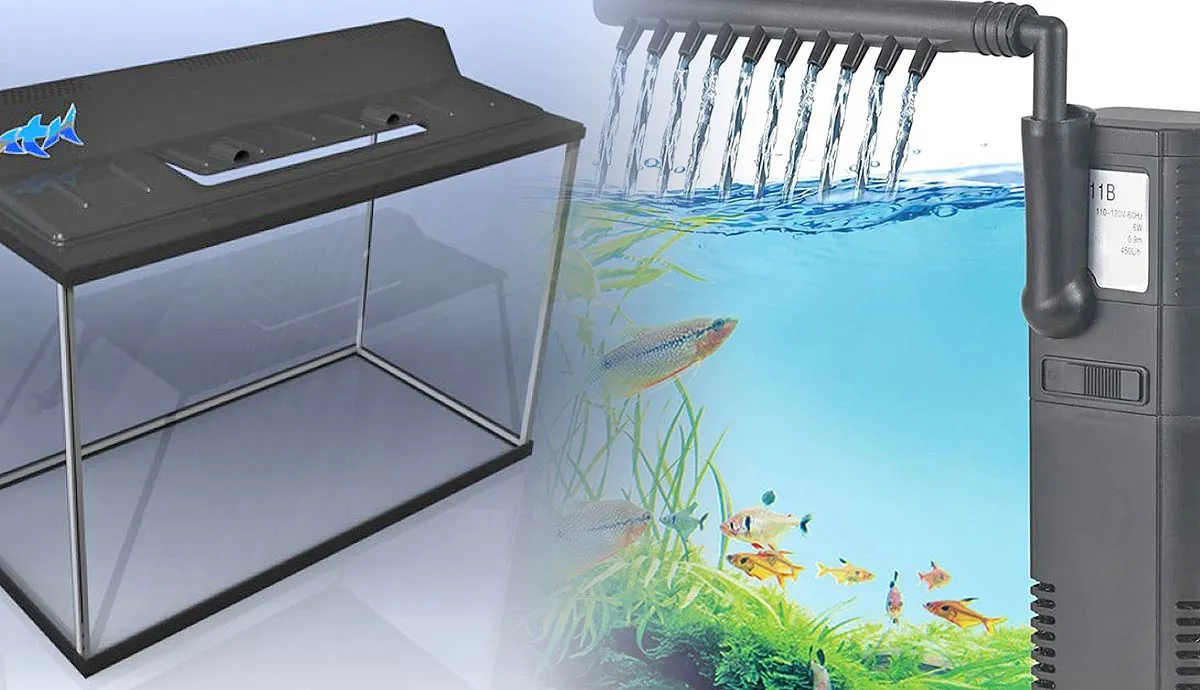If you’re a new fish owner, one of the first things you must ask yourself is, how often should I clean a fish tank? Cleaning a tank is an essential part of fish care. If you don’t clean it regularly, it will become polluted and become a significant threat to a fish's health. Not to mention, it’s incredibly unpleasant for fish to live in dirty water. So, if you want to know the ins and outs of tank cleaning, dive into my guide below.
The Importance of Tank Hygiene
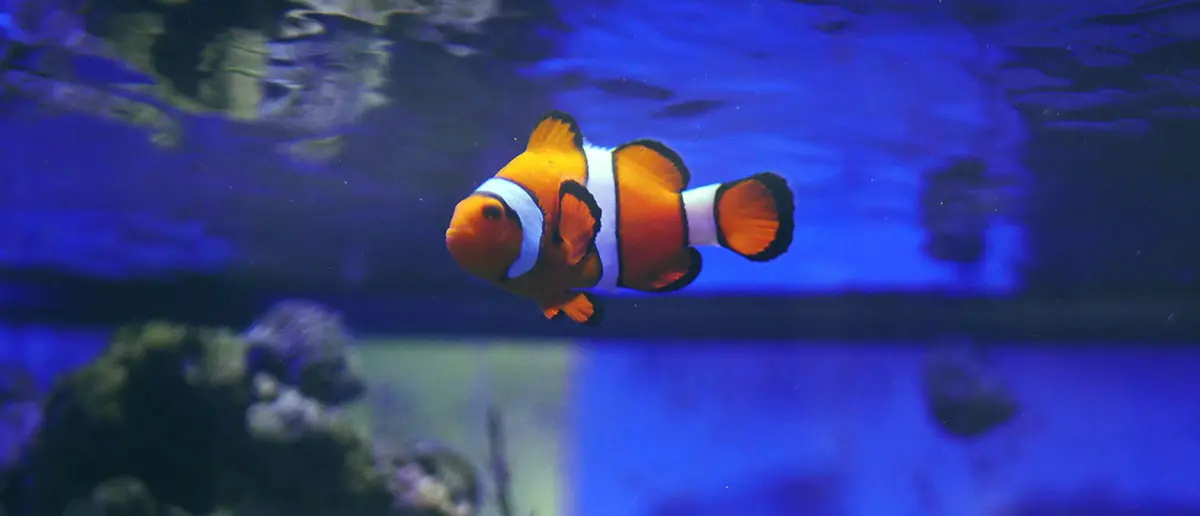
Tank hygiene isn’t just important - it’s crucial for fish health to maintain a well-balanced aquarium. Pet fish live in a relatively small space and eat and defecate in the water daily. Leftover food particles and fish poop promote algae growth and cause bacteria and nitrites to accumulate in that water. Without intervention, the water will become polluted and inhabitable, and fish will become ill and die.
Regular cleaning prevents the build-up of algae and harmful pollutants and helps to keep the pH balanced, creating a clean and healthy environment for fish. Cleaning an aquarium may sound daunting, but it’s a simple process, especially if you do it routinely. It only becomes hard work if you let it get filthy.
How Often Should I Clean a Fish Tank?

Each aquarium is unique, and how often you clean one depends on several factors, such as its size, the fish species, the lights, and the filters. Strong lights encourage fish tank algae growth, so generally, you must clean tanks with strong lights more regularly. Also, some fish species, like freshwater tank cleaners, thrive on other fish's waste. It can be disagreeable for them if you clean an aquarium too often.
Generally speaking, you must clean a tank every 1 - 3 weeks, and the more fish you have, the more regularly you should clean it. If the tank becomes smelly or dirty in between cleans, this indicates you need to clean it more often. To live in harmony with freshwater fish, you must create and stick to a regular cleaning routine. Regardless of its size, an aquarium needs daily care. You must check on your fish daily and ensure all pumps and filters are functioning.
You don't need to remove the fish when you clean an aquarium. For regular cleaning, you only do a partial water change of around 10-30%. There aren’t many instances when you remove all the water and deep clean a tank.
How Often Should I Deep Clean a Fish Tank?
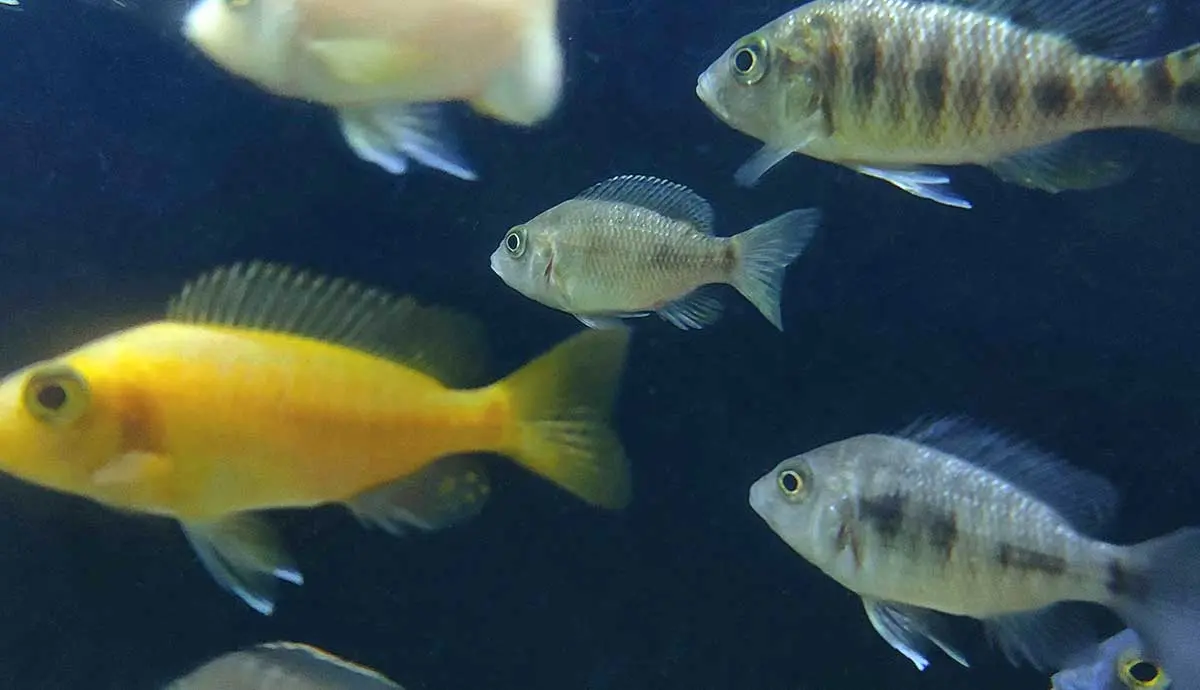
Deep cleaning a tank is traumatic for fish. You must only change all the tank water if it’s absolutely essential - in the case of a disease outbreak, for example. Catching and removing fish from an aquarium is incredibly stressful for them, and replacing all the water disturbs the delicate aquarium ecosystem.
While too many bacteria and nitrates can be harmful - there are many beneficial bacteria in the water, which take time to become established. When you remove all the water, you also remove the good microbes essential for life.
What Tools Do I Need to Clean A Fish Tank?
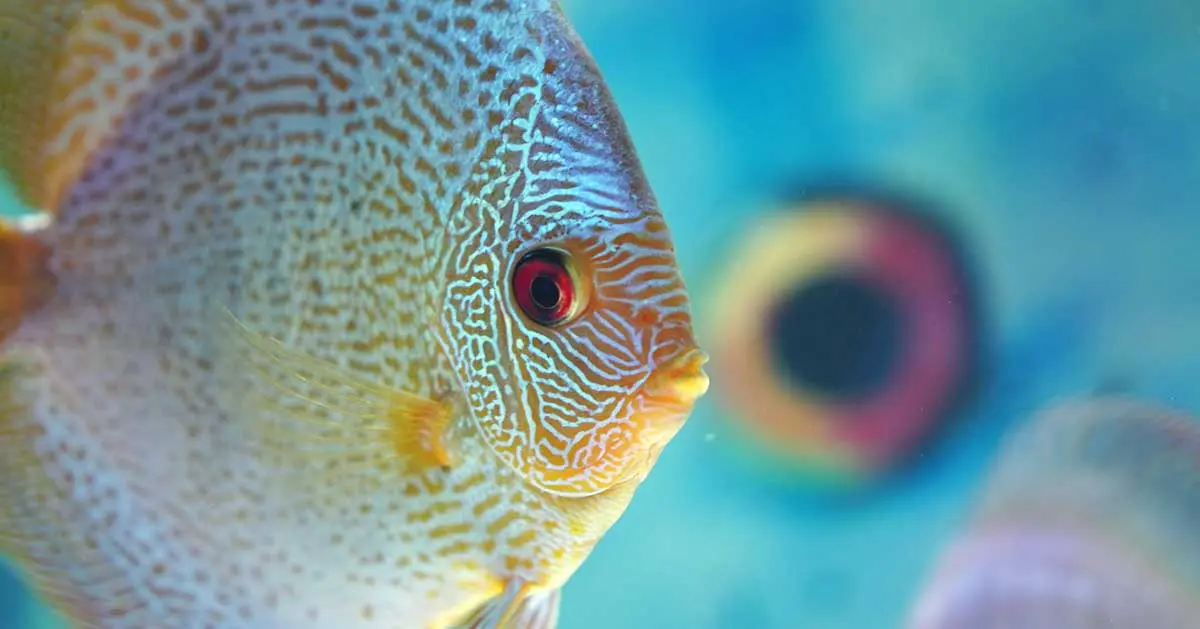
There’s no denying that aquariums are soothing and that pet fish can impact human mental health. Tank hygiene is essential to enjoy these benefits, so you must invest in the correct tank cleaning tools. Tank cleaning tools are generally inexpensive - and you can buy individual items or a tank cleaning kit.
Before cleaning an aquarium, you need these tools:
- A sponge, microfiber cloth and a soft brush - Only use these items for your aquarium. Don't use household cloths and sponges that may contain chemical residue.
- An algae scraper or magnetic glass cleaner
- A gravel vacuum/siphon
- A bucket
How to Clean a Fish Tank

Cleaning a fish tank is relatively simple, and the main tasks are siphoning and replacing the water and cleaning the glass. If you have a really colorful pet fish species, you need clean glass to see them! You should also check and clean pumps, equipment, and ornaments as necessary. Turn off the equipment, such as the pumps, before removing any water. They can break if they operate without being submerged.
Start by cleaning the aquarium glass. You can use a magnetic cleaner, sponge, cloth, algae scraper, or aquarium glove to remove residue from the surfaces. Clean the glass before siphoning the water. If you clean it after - the residue and algae from the glass will contaminate the clean water.
The next step in tank cleaning is removing the water. The best way to remove water is with a gravel vacuum - known as a siphon. Use the siphon to rake through the gravel to suck up dirty water and organic waste which has settled on the floor. You should remove 10 - 30% of the water. Finally, prune live plants as necessary and refill the aquarium with water.
Fish Tank Cleaning Tips

Regardless of whether you have a freshwater or saltwater aquarium, follow these fish tank cleaning tips to keep your fish happy and healthy:-
- Be careful with silicone seals - If you use an algae scraper, they are sharp and can damage the seals.
- Check and clean the filters monthly - Rinse them in old tank water to clean them. If you rinse filters in clean, fresh water - it kills the essential filtration bacteria.
- Only clean aquarium ornaments when they need it - i.e. if you can't see the surface. A small amount of algae is beneficial for an aquarium. Remove ornaments to clean them, and if necessary, soak them in a mild bleach or vinegar solution. Rinse them thoroughly before replacing them.
- Never use chemical cleaning products - Especially if fish are in the aquarium. Chemical cleaning products are highly toxic to fish.
- Check pH and ammonium nitrate levels with each clean - when you set up a fish tank, you must invest in a simple testing kit to test aquarium water. The kit will help you ensure the pH and ammonium nitrate levels are optimum for fish.


